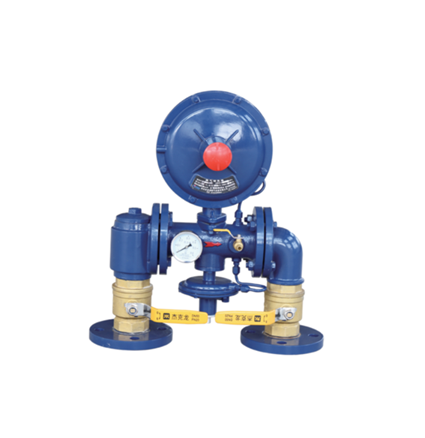
Dec . 11, 2024 09:23
Back to list
Natural Gas Control Valve for Efficient Flow Management and Safety Solutions
Natural Gas Valves Crucial Components for Safe and Efficient Energy Management
Natural gas plays an integral role in the global energy landscape, powering everything from residential heating to industrial processes. As the use of natural gas continues to grow, the importance of effective management of gas supply and distribution becomes paramount. Central to this is the role of natural gas valves, which are vital components in the control and safety of gas flow in various applications.
What are Natural Gas Valves?
Natural gas valves are specialized devices designed to regulate the flow of natural gas within pipelines and systems. These valves can control the pressure, direction, and flow rate of gas, ensuring that it is delivered safely and efficiently from one point to another. There are several types of gas valves, including ball valves, gate valves, butterfly valves, and check valves, each serving a different purpose and suitable for various applications.
Types of Natural Gas Valves
1. Ball Valves These valves consist of a spherical disc that controls the flow of gas. They provide excellent sealing capability and are known for their durability and reliability. Ball valves are often used in situations where quick shut-off is necessary.
2. Gate Valves Primarily used for on-off control, gate valves can be either rising stem or non-rising stem types. They are ideal for applications where minimal resistance to flow is required, making them suitable for pipeline systems.
3. Butterfly Valves These are characterized by a rotating disc that regulates flow. They are generally lighter and take up less space, making them a popular choice in large gas supply lines. Butterfly valves allow for rapid control of flow and are often used in applications needing frequent operation.
4. Check Valves These valves are designed to prevent backflow of gas, ensuring that it flows in the intended direction. They are crucial for maintaining pressure and operational safety in gas pipelines.
natural gas valve

Importance of Safety Features
Natural gas valves often come equipped with various safety features to prevent accidents and leaks. Safety shut-off valves can automatically close the flow of gas in the event of a failure or emergency, ensuring that the system remains stable. Additionally, pressure relief valves can release excess pressure, preventing potential explosions or ruptures in pipelines.
Incorporating smart technology into gas valves, such as remote monitoring and automated controls, further enhances safety. These advanced systems can provide real-time data on gas flow and pressure, allowing for timely interventions and maintenance.
Applications of Natural Gas Valves
Natural gas valves are used across various sectors. In the residential sector, valves regulate the flow of gas to appliances such as stoves and heaters. In the industrial sector, they play a crucial role in managing gas supplies for manufacturing processes, power generation, and more.
Additionally, natural gas transmission pipelines rely heavily on an array of valves to ensure the safe and efficient transport of gas from production sites to consumers. In this context, valves must be reliable and capable of handling high pressures and varying temperatures.
Conclusion
The significance of natural gas valves cannot be overstated. They are essential for managing the flow of gas safely and efficiently, facilitating the proper functioning of countless systems across residential, commercial, and industrial applications. With the ongoing advancements in valve technology and safety features, the future of natural gas distribution looks promising, paving the way for sustainable energy use in a rapidly evolving world. By continuing to prioritize safety and efficiency in natural gas valve design and implementation, we can ensure reliable energy management for generations to come.
Latest news
-
Safety Valve Spring-Loaded Design Overpressure ProtectionNewsJul.25,2025
-
Precision Voltage Regulator AC5 Accuracy Grade PerformanceNewsJul.25,2025
-
Natural Gas Pressure Regulating Skid Industrial Pipeline ApplicationsNewsJul.25,2025
-
Natural Gas Filter Stainless Steel Mesh Element DesignNewsJul.25,2025
-
Gas Pressure Regulator Valve Direct-Acting Spring-Loaded DesignNewsJul.25,2025
-
Decompression Equipment Multi-Stage Heat Exchange System DesignNewsJul.25,2025

